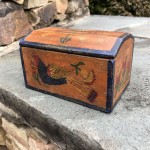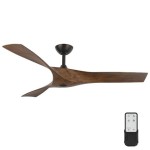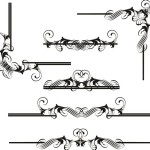Essential Aspects of Navratri Mandir Decoration Ideas at Home
Navratri, a nine-night festival celebrated across India, is a time for spiritual reflection and worship of the divine feminine. During this auspicious time, devotees often adorn their homes and mandirs (shrines) with vibrant colors, traditional motifs, and sacred symbols to create an ambiance of devotion and festivity.
Color Palette and Motifs
The color palette for Navratri mandir decoration typically includes shades of red, orange, yellow, green, blue, indigo, violet, and white. These colors represent the nine forms of Goddess Durga, each associated with a specific color and aspect of divinity.
Traditional motifs commonly used in Navratri decoration include lotuses, peacocks, elephants, and geometric patterns. These motifs symbolize purity, beauty, strength, and auspiciousness.
Altar Setup
The central focus of a Navratri mandir is the altar, where the idol of the deity is placed. The altar should be elevated on a platform or table and adorned with a vibrant backdrop, such as a colorful cloth or a tapestry depicting religious scenes.
The idol should be placed on a pedestal or throne and surrounded by offerings of flowers, sweets, fruits, and other auspicious items. A diya (oil lamp) should be lit continuously throughout the nine nights to symbolize the presence of divine light.
Mandalas and Rangoli
Mandalas, intricate geometric designs, and rangolis, colorful floor art, are essential elements of Navratri decoration. These patterns represent the cosmos and the divine connection between devotees and the goddess.
Mandalas can be created using colored sand, rice, or flowers and placed on the floor or walls. Rangolis are traditionally made with colored powders or chalk and depict auspicious symbols, such as lotuses, swastikas, and the lotus feet of the goddess.
Lighting and Ambiance
Proper lighting plays a crucial role in creating an ambiance of devotion and festivity. Diyas, candles, and string lights are commonly used to illuminate the mandir and its surroundings.
Incense sticks or essential oils can be burned to create a fragrant and purifying atmosphere. The sweet scent of sandalwood, jasmine, or lotus is believed to attract divine presence and enhance spiritual connection.
Other Decorative Elements
In addition to the essential elements mentioned above, other decorative elements can add to the festive ambiance of the Navratri mandir:
- Wall hangings depicting religious scenes or auspicious symbols
- Banners or garlands made of flowers, leaves, or fabric
- Chanting of devotional hymns or mantras
- Offerings of prasad (sacred food) to the deity
By incorporating these essential aspects into your Navratri mandir decoration, you can create a space that fosters devotion, celebrates the divine feminine, and brings joy and blessings to your home during this sacred festival.

1777 Navratri Decoration Images Wallpaper 2024 Ganpati Design Goddess Decor Mandir

Navratri Decoration Ideas At Home Easy Backdrop Special 2024

Navratri Decoration Ideas For Your Home Designcafe

Zingify 10 Home Decorating Ideas For Navratri The Nine Nights In Beginning Of Autumn Mark Pristine Period Lu Festival Decor

Durga Puja Decoration At Home Ideas

6 Ways To Decorate Pooja Background For Navratri Threads Wer

Navratri Mandir Decoration Ideas At Home Temple In Durgapuja Me Kese Sjaye Stmp इस ख बस रत ल क म सज ए द र ग दरब जग ज एग स ई ह

Navratri Home Decoration Dussehra Ideas Photos

29 Navratri Decorations Ideas Goddess Decor Festival Flower

Navratri Diwali Decoration Ideas At Home Mandir Backdrop Lighting Mandap
Related Posts







